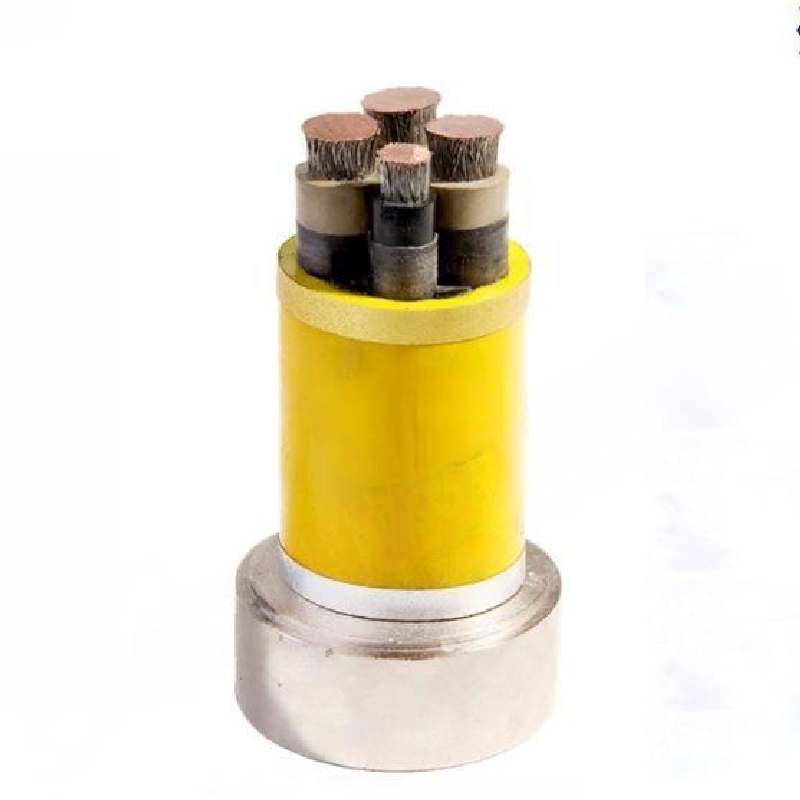Nov . 15, 2024 22:59 Back to list
grooved end butterfly valve
Understanding Grooved End Butterfly Valves A Comprehensive Overview
Butterfly valves are essential components in various industrial applications, providing precise flow control in pipelines. Among the different types of butterfly valves, grooved end butterfly valves stand out due to their unique design and ease of installation.
What Are Grooved End Butterfly Valves?
Grooved end butterfly valves feature grooved connections instead of traditional flange fittings. This design allows for quick and efficient installation and disassembly. The grooves are typically designed to accommodate specific pipe sizes and can be coupled with various connecting methods, such as clamps. Grooved end butterfly valves are primarily designed for use in water supply, sewage treatment, fire protection systems, and other liquid applications.
Key Benefits
1. Easy Installation One of the most significant advantages of grooved end butterfly valves is their ease of installation. The grooved connection allows for faster assembly compared to flanged valves, reducing labor costs and downtime during maintenance.
2. Space Efficiency These valves offer a compact solution for flow control, requiring less space in comparison to traditional valve designs. This characteristic is particularly beneficial in areas with limited space, optimizing the overall layout of piping systems.
grooved end butterfly valve

3. Versatility Grooved end butterfly valves are suitable for a wide range of applications across various industries, including water treatment, HVAC systems, and industrial processes. Their ability to handle diverse fluid types makes them a versatile solution in fluid management.
4. Cost-Effectiveness By reducing installation time and minimizing the need for extensive pipe modifications, grooved end butterfly valves can result in cost savings over the valve's lifecycle. Their durable design also contributes to lower maintenance costs, as they tend to have a longer lifespan compared to other valve types.
Design Features
Grooved end butterfly valves usually consist of a circular disc that pivots on a shaft, allowing or restricting fluid flow. The valve's sealing mechanism plays a crucial role in preventing leaks, which is essential in maintaining system integrity. Common materials used in the construction of these valves include ductile iron, stainless steel, and plastic, tailored to meet the needs of specific applications.
Moreover, schools of thought in valve design focus on the orientation of the disc and the seat pressure, crucial factors in achieving optimal performance. Advanced sealing technologies, such as EPDM and PTFE, are often utilized to enhance reliability and durability.
Conclusion
In summary, grooved end butterfly valves are a practical and efficient solution for fluid control in various industries. Their simplified installation process, space-saving design, versatility, and cost-effectiveness make them an excellent choice for both new installations and replacement projects. As industries continue to evolve, the demand for reliable and efficient valves like grooved end butterfly valves will persist, offering a robust answer to complex flow management challenges. By understanding the unique attributes and advantages of these valves, engineers and project managers can make informed decisions that enhance both operational efficiency and system longevity.
Share
-
Reliable Wafer Type Butterfly Valves for Every IndustryNewsJul.25,2025
-
Reliable Flow Control Begins with the Right Ball Check ValveNewsJul.25,2025
-
Precision Flow Control Starts with Quality ValvesNewsJul.25,2025
-
Industrial Flow Control ReliabilityNewsJul.25,2025
-
Engineered for Efficiency Gate Valves That Power Industrial PerformanceNewsJul.25,2025
-
Empowering Infrastructure Through Quality ManufacturingNewsJul.25,2025